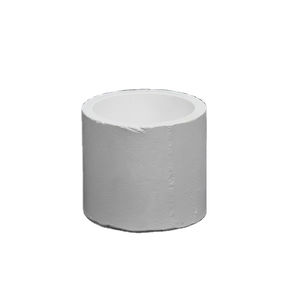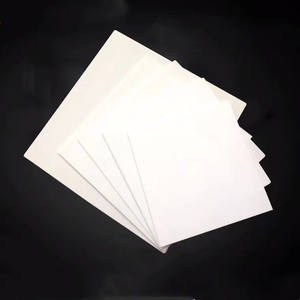Discover Premium Ceramic Products | Durability & Elegance United | Advanced Ceramics
PRODUCT PARAMETERS
Description
Introduction to Quartz Ceramic Products
Quartz ceramic, also known as fused quartz ceramic or pure silicon ceramic, is an advanced ceramic material made of pure silicon dioxide (SiO₂). It is made by melting high-purity quartz sand at high temperature and then cooling and solidifying it. It has unique physical and chemical properties, making it an ideal choice for many high-tech applications. Quartz ceramic products are widely used in semiconductor manufacturing, optics, electronics, chemical industry and high-temperature industries.
Characteristics and advantages of quartz ceramics
Extremely high thermal stability: Quartz ceramics can remain stable under extreme temperature conditions. They are not only resistant to high temperatures, but also show excellent thermal shock resistance in rapid temperature changes.
Low thermal expansion coefficient: Due to its low thermal expansion coefficient, quartz ceramics have good dimensional stability when the temperature changes and are not easy to deform or crack.
Excellent electrical insulation: Provides excellent electrical insulation performance and is suitable for applications requiring high voltage isolation.
High transparency: It has good light transmittance in a wide band from ultraviolet to infrared, and is particularly suitable for applications such as optical windows and lenses.
Chemical stability: Excellent resistance to most acids, alkalis and other corrosive substances, and almost unaffected by other chemicals except hydrofluoric acid and phosphoric acid.
Mechanical strength: Although quartz ceramic is not as hard as some other types of ceramics, it still has enough mechanical strength to meet the needs of many application scenarios.
High UV transmittance: It has high transmittance in the ultraviolet region, which makes it very useful in UV curing equipment and UV spectrometers.
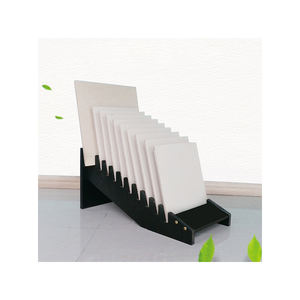
(Pure Quartz – Elevating the Glass & Ceramic Industry)
Specifications of Pure Quartz – Elevating the Glass & Ceramic Industry
Pure Quartz stands as a top material for the glass and ceramic industries. It offers high purity levels, ensuring products meet strict quality standards. The main component is silicon dioxide (SiO2), typically above 99.5%. This minimizes impurities like iron or aluminum oxides, which can affect color or strength. The low impurity profile makes it ideal for clear glass production, including lenses and laboratory equipment.
Particle size distribution is tightly controlled. This allows consistent mixing with other raw materials. Fine grains melt evenly during heating, reducing energy use and improving production efficiency. Coarser grades provide structural support in ceramic kiln furniture. Adjustable sizing meets specific manufacturing needs, whether for thin glass sheets or heavy-duty tiles.
Thermal stability is a key advantage. Pure Quartz withstands temperatures up to 1700°C without cracking. This prevents defects during rapid heating or cooling cycles in glass-forming processes. Its low thermal expansion rate ensures dimensional stability, critical for precision components like optical fibers or semiconductor substrates.
Chemical resistance adds value. The material resists acids, alkalis, and water corrosion. This extends the lifespan of ceramic glazes and glass coatings exposed to harsh environments. It also maintains clarity in UV-resistant glass, used in solar panels and high-performance windows.
Moisture content stays below 0.1% after processing. Dryness prevents bubbling or uneven textures in final products. Advanced purification methods remove organic residues, ensuring compatibility with food-safe and medical-grade applications.
Suppliers offer custom blends to enhance specific properties. Adding controlled amounts of minerals can adjust melting points or refractive indices. This flexibility supports innovation in smart glass technologies and advanced ceramics for aerospace.
Pure Quartz is sourced sustainably. Ethical mining practices and energy-efficient processing reduce environmental impact. Recycled quartz waste is repurposed into construction materials, aligning with circular economy goals.
The material complies with global safety standards, including REACH and RoHS. Rigorous testing guarantees consistency across batches. Manufacturers trust it for large-scale projects requiring reliability and performance.
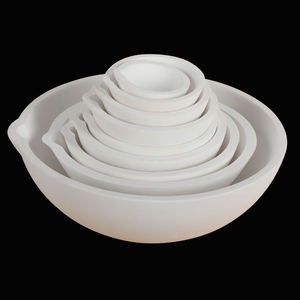
(Pure Quartz – Elevating the Glass & Ceramic Industry)
Applications of Pure Quartz – Elevating the Glass & Ceramic Industry
Pure quartz plays a key role in advancing the glass and ceramic industries. Its high silica content and chemical stability make it ideal for creating durable, high-performance materials. Manufacturers rely on pure quartz to produce glass products with exceptional clarity and strength. This material resists thermal shock, handles high heat, and maintains transparency even under extreme conditions. These qualities are critical for applications like laboratory glassware, optical lenses, and high-end cookware.
In ceramic production, pure quartz acts as a flux during firing. It lowers melting temperatures, speeds up production, and improves product consistency. The result is ceramics with better structural integrity and smoother finishes. Tiles, sanitaryware, and technical ceramics all benefit from quartz’s ability to enhance hardness and reduce defects. This makes ceramics more durable for construction and industrial uses.
The electronics industry depends on pure quartz for specialty glass in devices. Solar panels use quartz-based glass to boost light transmission and energy efficiency. Semiconductor manufacturing requires ultra-pure quartz crucibles to melt silicon wafers without contamination. Screens for smartphones and TVs gain scratch resistance and visual clarity from quartz-enriched glass.
Pure quartz also supports sustainable practices in manufacturing. Its natural abundance reduces reliance on synthetic additives. Recycled glass products often incorporate quartz to maintain quality while cutting waste. Energy-efficient furnaces in glass plants use quartz components to withstand prolonged operation at high temperatures. This lowers energy consumption and extends equipment life.
Architectural glass innovations rely on quartz for strength and aesthetics. Frosted glass, energy-efficient windows, and decorative panels use quartz to achieve specific textures and performance traits. Its UV resistance helps prevent discoloration in exterior glass installations. Automotive glass reinforced with quartz improves safety by resisting shattering during impacts.
Quartz’s versatility drives continuous improvements in material science. Researchers explore new methods to refine its properties for advanced applications. From everyday household items to cutting-edge technology, pure quartz remains a cornerstone of modern manufacturing.
Company Introduction
Advanced Ceramics founded on October 17, 2014, is a high-tech enterprise committed to the research and development, production, processing, sales and technical services of ceramic relative materials and products.. Since its establishment in 2014, the company has been committed to providing customers with the best products and services, and has become a leader in the industry through continuous technological innovation and strict quality management.
Our products includes but not limited to Silicon carbide ceramic products, Boron Carbide Ceramic Products, Boron Nitride Ceramic Products, Silicon Carbide Ceramic Products, Silicon Nitride Ceramic Products, Zirconium Dioxide Ceramic Products, Quartz Products, etc. Please feel free to contact us.(nanotrun@yahoo.com)

Payment Methods
T/T, Western Union, Paypal, Credit Card etc.
Shipment Methods
By air, by sea, by express, as customers request.

5 FAQs of Pure Quartz – Elevating the Glass & Ceramic Industry
What is Pure Quartz?
Pure Quartz is a high-quality mineral. It contains over 99% silicon dioxide. This makes it ideal for glass and ceramic production. Its purity ensures strong performance in industrial processes.
Why is Pure Quartz better than regular quartz?
Regular quartz has impurities like iron or aluminum. These weaken the final product. Pure Quartz removes these impurities. This boosts durability and clarity in glass and ceramics. Factories get fewer defects and higher-quality outputs.
How does Pure Quartz improve manufacturing efficiency?
Pure Quartz melts at a consistent temperature. This speeds up production cycles. It reduces energy use. Factories save time and money. Workers handle fewer processing issues.
What industries use Pure Quartz?
Glassmakers rely on it for windows, bottles, and screens. Ceramic producers use it for tiles and sanitaryware. Electronics companies need it for high-purity silica wafers. Solar panel manufacturers depend on it too.
Is Pure Quartz environmentally friendly?
Mining and refining processes follow strict guidelines. Waste is minimized. Energy-efficient methods cut carbon emissions. Recycled materials are used where possible. This supports sustainable industry goals.
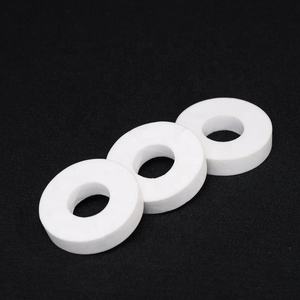
(Pure Quartz – Elevating the Glass & Ceramic Industry)
REQUEST A QUOTE
RELATED PRODUCTS
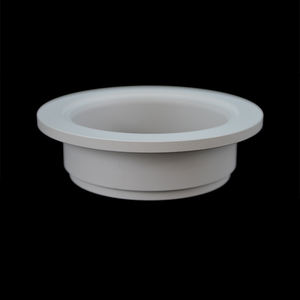
High Quality Table Quartz Stone Displays Stand Countertop Glass Tile Marble Metal Display Rack
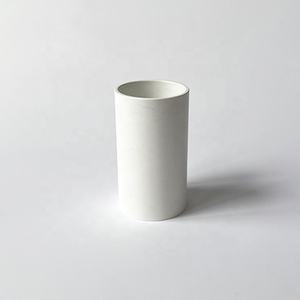
Diamond Bronze Sintered Grinding Wheel Quartz Glass Grooved Ceramic Marble Resin Grinding Wheel Parallel Emery Wheel
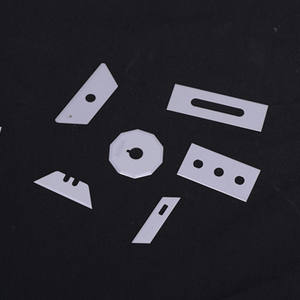
Metal Display Racks Floor Standing Ceramic Tile Quartz Artificial Granite Marble Stone Sample Stand
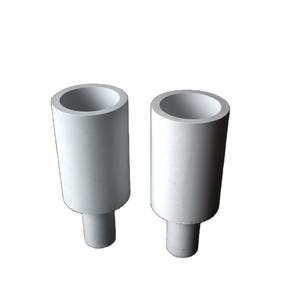
Porcelain Ceramic Countertop Paving Stone Desktop Stand Artificial Stone and Quartz Table Tile Display Stand
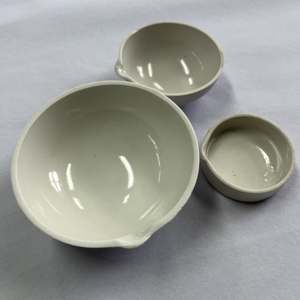
Quartz Silica SiO2 Ceramic Crucible Cylindrical Genre Crucible
